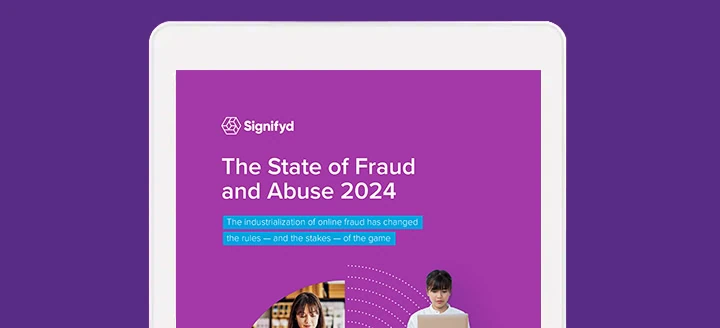Consumers spent dramatically more online in the month of June than they did a year ago, a significant shift in shopping behavior that had everything to do with the global coronavirus pandemic.
Signifyd’s Ecommerce Pulse data showed that ecommerce sales were up 62% in June 2020 over June 2019. The monthly total continues a general trend line we’ve been following week-over-week since early March, just before the World Health Organization declared COVID-19 a pandemic.
As stay-at-home orders were issued across the globe and non-essential retailers closed the doors of their physical stores, consumers turned to online channels to buy everything from needed supplies to wanted distractions.
The buying followed a pattern that is understandable in retrospect. Early in the pandemic, shoppers stocked up on groceries, pet supplies, baby needs. They famously caused a run on toilet paper and even dramatically drove up the sales of bidets, according to executives at Signifyd customer Build.com.
Soon after, with overall ecommerce sales running about 50% higher than pre-pandemic days, diversions turned into a big seller. At-home workout equipment, puzzles, video games and goods listed in the Alcohol & Cannabis category saw strong sales.
In late April, with the weather turning nicer in most of the world, cosmetics and apparel experienced a boom — perhaps a sign that consumers were getting out more — or at least longing to get out.
It became apparent that consumers were establishing new buying habits. Shoppers who had never, or rarely, shopped online were turning to digital channels — and they were coming back repeatedly.
Eventually, the dramatic week over week increases in sales moderated. Ecommerce sales overall still registered well beyond their pre-pandemic levels, but they were clearly settling into what would be a relatively consistent range. In short, spending appeared to have adopted, If not a “new normal,” then a “now normal” pattern.
Sales in the 13 major retail categories tracked by the Ecommerce Pulse began moving in a relatively narrow band for the most part. Some categories and products would still occasionally exhibit significant swings, but it was difficult to know whether the fluctuation was being driven by pandemic-related needs and anxieties — or whether something else was at play.
For instance, Signifyd saw a major increase in fireworks sales on its Commerce Network through most of the summer, but especially leading up to the July 4 holiday. Hardly surprising, especially for anyone who’s experienced the proliferation of nightly neighborhood fireworks sessions taking place throughout the U.S.
Because of the myriad factors that influence ecommerce spending, we’ve decided to shift the primary focus of the Ecommerce Pulse to a monthly look at year-over-year online spending.
Comparing this month’s spending to spending in the same month a year ago, rather than comparing this week’s spending to the spending in a benchmark week leading up to the pandemic removes major effects like seasonality from the equation.
For instance, the month-over-month view of online sales showed ecommerce spending in June down 17% compared to May. The specific factors in the decline are difficult to determine, especially before the Commerce Department releases its June retail figures. It’s possible that the reopening of more brick-and-mortar stores drew some of the spending that would otherwise find its way online.
It’s as likely that consumers were less focused on buying goods in June and more focused on outdoor activities and the sorts of summer vacations they could embark on given the restrictions and complications posed by the pandemic.











